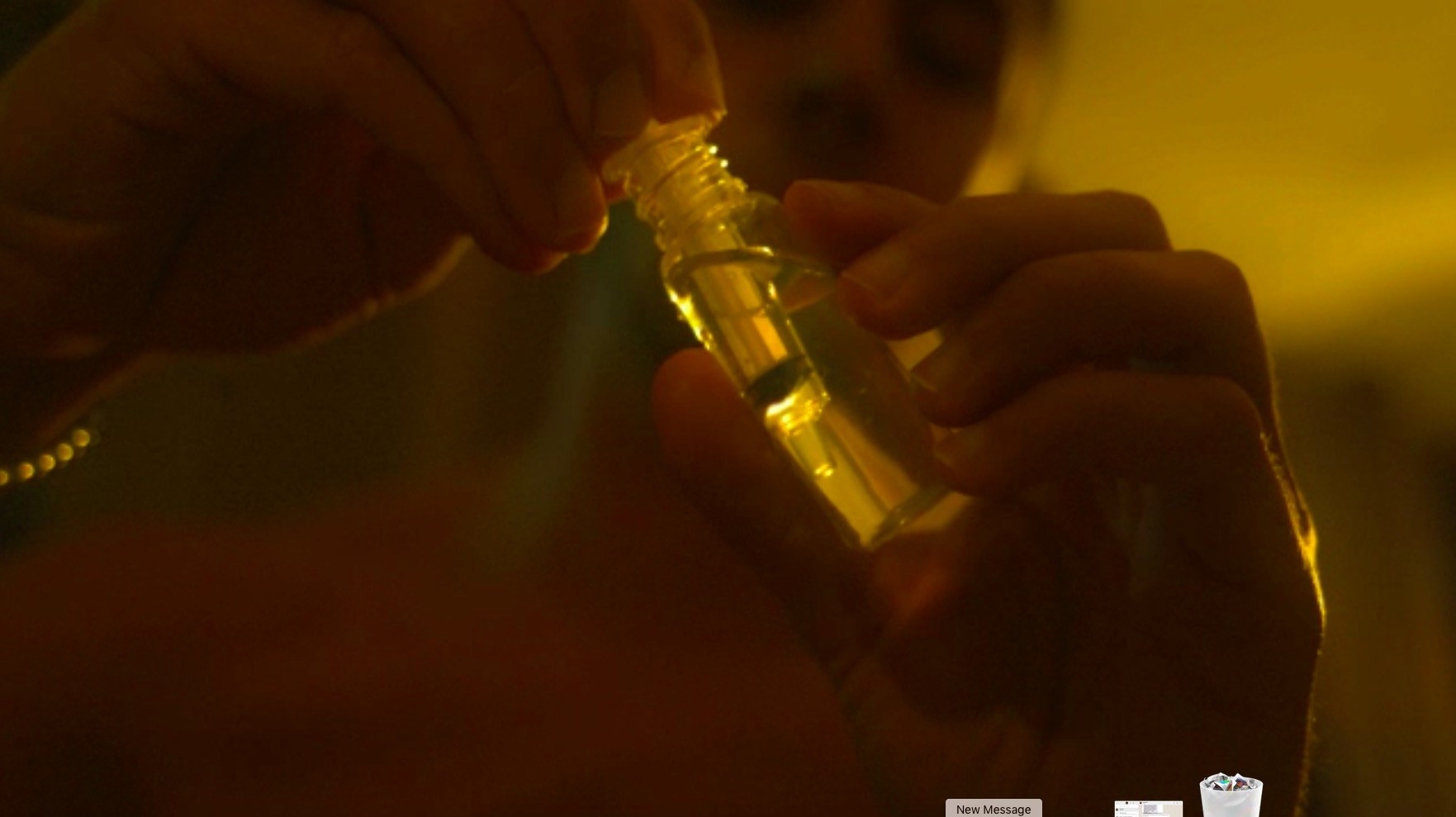
The British authorities have launched a nationwide, multiagency effort to tackle a growing chemsex crime wave by escalating intelligence sharing and information gathering between criminal justice, health, and community organisations, BuzzFeed News can reveal.
“Project Sagamore” was unveiled at the first national conference for chemsex and crime, just weeks after the conviction of the most prolific rapist in legal history. The conference also announced a new definition of chemsex in the context of offending — beyond the general description of predominantly men who have sex with each other on particular drugs such as crystal meth and GHB/GBL.
The agencies involved will span not only policing, probation and criminal justice — who are already working together — but also health, sexual health, and community sector groups. This broadening response is an attempt to embolden efforts to curb criminality, protect victims, and reduce harm to health without alienating the communities affected.
Over the last three years, BuzzFeed News has exposed how chemsex is impacting on gay men, unleashing a hidden epidemic of sexual violence, enforced drugging, and deaths. Criminal justice services have been scrambling to cope with a surge in crimes committed by gay men in chemsex-related settings.
Project Sagamore will expand on the existing London Chemsex Working Group, which has operated for two years in the capital, to form a national response. Academics are also already beginning to assist a range of agencies by collating and analysing data to interpret the overall picture of offending.

The launch of this collaboration follows the jailing in January of Reynhard Sinaga for 136 rapes, for which he used GHB to drug his male victims, many of them heterosexual. The case was the latest in a string of high-profile convictions involving chemsex settings or chemsex drugs.
Serial killer Stephen Port was jailed for life in 2016 for murdering four young men with GHB. Stefano Brizzi, who was gay and had a meth addiction, was sentenced in 2017 for the murder and partial cannibalisation of police officer Gordon Semple — before killing himself. And Gerald Matovu, Stephen Port’s dealer, was imprisoned in 2019 along with his lover accomplice Brandon Dunbar for a string of thefts and a murder in which GHB/GBL was used as the weapon.
At the unveiling of the new initiative, a new, broader definition of chemsex was revealed for criminal justice agencies to identify all the possible situations in which chemsex-related crimes might occur.
It details an array of circumstances: “[in] which a person engages in sex with another (or others), using drugs or during sexual activity, to sustain, enhance, disinhibit, or facilitate the sexual experience". It includes examples of some of the known crimes: “murder, serious physical assaults, rape, distribution of indecent images, poisoning, theft, blackmail, drug supply, harassment, robbery and a wide range of other offences”.
It also isolates typical scenarios in which “arrangements are usually made via a geosocial networking (hook up) app such as Grindr”, before explaining that “there is not one homogenous chemsex context, nor one set of rules that govern it ... a chemsex party could be a single hook up, may exist in a same sex relationship or occur at a chillout of chemsex party. There is also a distinct role for chemsex contexts in the virtual world with participants partaking online, for example in chat rooms or through live-streaming or the sharing of images.”
The definition also broadens who could be caught up in chemsex crimes, spelling out that the “majority of those that participate … are MSM [men who have sex with men]”. This includes gay and bisexual men, but also those who do not identify as either but who “on occasions and in specific situations do have sex with other men (eg male sex workers, males in prison)”.
Victims can also be entirely heterosexual — as with those Sinaga targeted — and not have a history of drug use, such as Eric Michels, whom Matovu murdered.
Expanding what constitutes a chemsex setting is an attempt to increase the capacity of police, justice, and health agencies to identity cases, better understand and better respond to them. The goal, said a representative of the Metropolitan police, is to reduce harm and vulnerability.
The move is also a reflection of the complex picture still emerging of chemsex-related crimes. Speakers at the conference cited, for example, how victims can swiftly become perpetrators — sometimes as a result of the harm done to them becoming normalised — as well as the more hidden, seemingly unrelated crimes cited in the definition, which include, for example, criminal damage as people destroy property while high.
About 40% of chemsex-related crimes, however, involve sexual violence. A joint investigation last year by BuzzFeed News and Channel 4’s Dispatches found that over a quarter (28%) of gay and bisexual men who have taken GHB/GBL have been sexually assaulted.
But the reach of chemsex is wider than ever, the conference heard, with women now being affected and victimised. In some cases this occurs when predominantly heterosexual men in relationships with women do sex work on the side, during which they are obliged to take meth or GHB/GBL, and return home high and ashamed of themselves, lashing out on their female partner.
Some frontline officers in London's Metropolitan police have received specialist chemsex training, following the Stephen Port case. The prison and probation service in the capital has also launched a series of measures to manage chemsex offenders and help the courts respond most appropriately to ensure appropriate sentencing and targeted rehabilitation efforts. This has not yet been rolled out nationally.

A range of health organisations, including Public Health England as well as LGBT health charities will also contribute to Project Sagamore given the implications of chemsex to physical, sexual and mental health. This includes an increased risk of STIs, drug-induced paranoia, hospital admission for overdose, and injuries sustained from “slamming” — intravenous injections.
The geographical spread of chemsex is only now beginning to be understood. Chemsex hotspots endure in cities such as London and Manchester, but there is now growing evidence, revealed at the conference, that the proportion of people in rural areas using chemsex drugs does not differ to any statistically significant extent.
According to research by Public Health England and the British Association Of Sexual Health (conducted at sexual health clinics) about 10% of men who have sex with men have had recent experience of chemsex, regardless of whether they live in towns or the countryside. In rural locations, however, a higher proportion of meth use was found.
Of the heterosexual men surveyed, 3.8% had engaged in chemsex.
In the wake of the Sinaga case, home secretary Priti Patel announced that the government would review its classification of the drugs GHB and GBL, which are currently class C, alongside steroids and sedatives. GBL, however, is also a cleaning agent and is legal if sold, bought, or used for industrial purposes.
The Advisory Council on the Misuse of Drugs, the statutory body of experts that assess the risk of substances, wrote to Patel at the end of February accepting her commission to reexamine GHB and GBL.
The letter, by Professor Owen Bowden-Jones, chair of the ACMD, reveals that the council has “prioritised” this review but explained that it will “involve a consultation with a range of stakeholders including industry representatives, as it will be important to ensure that any potential recommendations do not lead to unintended consequences on the legitimate usage of these compounds.”
Bowden-Jones added that the council “will also provide advice on other approaches the available evidence suggests would be of value in reducing the availability, demand, and harms of GHB, GBL and closely related compounds.”
The council’s conclusions are due in the autumn.
